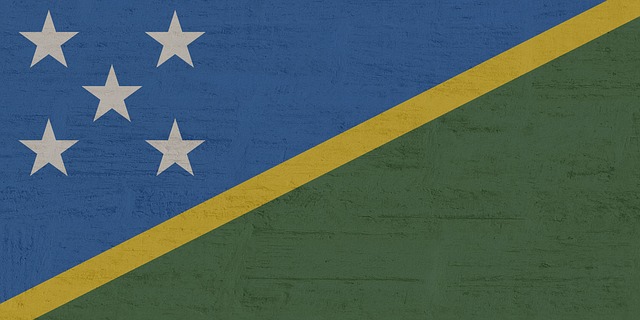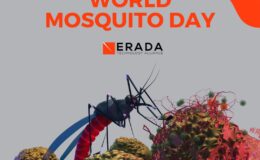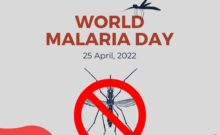Members of the Asia Pacific Leaders Malaria Alliance (APLMA) and Asia Pacific Malaria Elimination Network (APMEN), met on the 7th to 11th of September for Malaria Week. Hosted virtually in Vietnam, it was a week to discuss progress, innovations and challenges towards member countries’ commitment to ending malaria by 2030, culminating in endorsing a five-year regional report to the East Asia Summit. Findings in the 2019 WHO World Malaria report demonstrate mixed levels of progress towards this goal, leading to the WHO’s endorsement of “high burden to high impact”, concentrating resources where the need is greatest.
It is perhaps obvious to say that different countries have their own set of circumstances which directly impact anti-malaria programmes. But these differences are crucial when people’s lives are on the line. On the 7th of September, Dr. Leonard Boaz, deputy director of the Solomon Islands’ Vector Borne Disease Control Programme (VBDCP), spoke on the evidence for strengthening community-based programmes in the Solomons, particularly in the face of the Covid-19 pandemic.
The Solomon Islands is one of the highest malaria burdened countries outside of Africa. In the words of Solomon Islands Prime Minister Hon. Rick Houenipwela, “Malaria has ravaged my people since the beginning of time”.
Two strains of malaria are present within the Solomon Islands, Plasmodium vivax and Plasmodium falciparum. The latter is the most dangerous of the human strains of malaria, and can be fatal if treatment is delayed more than 24 hours after the onset of clinical symptoms.
Given ERADA’s aligned goals in defeating malaria, we’ll discuss some of the challenges the Solomon Islands faces.
Located east of Papua New Guinea, the Solomon Islands is composed of six main volcanic islands and more than 900 smaller islands and atolls. It is home to a population of more than 650,000, who speak in excess of 80 languages and dialects between them. Overall, the progress against malaria in the Solomons has been great, declining from a record high of 450 per 1000 population in 1993, to 81 per 1000 in 2016. But this progress has lost ground in recent years, with a 90.6% increase in cases between 2015 to 2018, according to the WHO.
The Solomon Islands has been heavily dependent on foreign aid for its anti-malaria programmes. In 2010 AusAid and Global Fund provided 88% of the VBDCP budget. Although the application of funding has clearly been successful in reducing instances of malaria, this funding is often earmarked for particular causes or campaigns. The result has been parallel health programmes, one for those causes and another for everything else, leading to an uneven distribution of healthcare resources, forcing people to travel great distances to get quality healthcare.
In 2017, the WHO reported that of the nation’s 157 doctors, 126 where based in the central National Referral Hospital in the capital, Honiara. Though funding is clearly necessary, a long-term solution needs to empower local communities and mitigate the risk of a malaria resurgence in the event that the funding dries up.
This unequal distribution is a significant challenge given geographic conditions that make it difficult to both get to local healthcare centres and to distribute malaria supplies, such as nets, to those who need them. In some cases, patients face walking for hours on steep dirt tracks to get to the nearest healthcare centre. Only 20% of the Solomon Islands population have direct access to the Solomon’s 1,052 miles of road, of which only 78 miles are paved, mostly around Honiara. The rest are dirt, or covered in gravel or coral.
Eliminating malaria requires universal coverage of surveillance and treatment, which can be expensive given the complications of reaching people. Targeted anti-malaria efforts in the Solomon Islands’ Isabelle province reduced malaria cases to 2.6/1,000 population in 2009, but this success was impacted by high instances of Glucose-6-phosphate dehydrogenase deficiency (G6PD).
Certain medications, including the medication for Plasmodium vivax, primaquine, can cause hemolytic anemia in those with G6PD, causing their red blood cells to break down and, in rare cases, can lead to chronic anemia. Although a large amount of progress has been made to reduce Plasmodium falciparum in the region, reducing and eliminating Plasmodium vivax is still a concern.
Research to deal with these problems is ongoing, and it is vital that we do not lose hope in the face of such set backs. Challenges can be overcome, and it is the purpose of events like Malaria Week to pool together research and knowledge so that countries across the region have the best tools available to fight the disease. Innovation and new techniques can be shared and utilised to deal with the specific problems each country has.
Eradicating malaria will require the whole world to come together to fight the disease; but, together, we can beat it.







